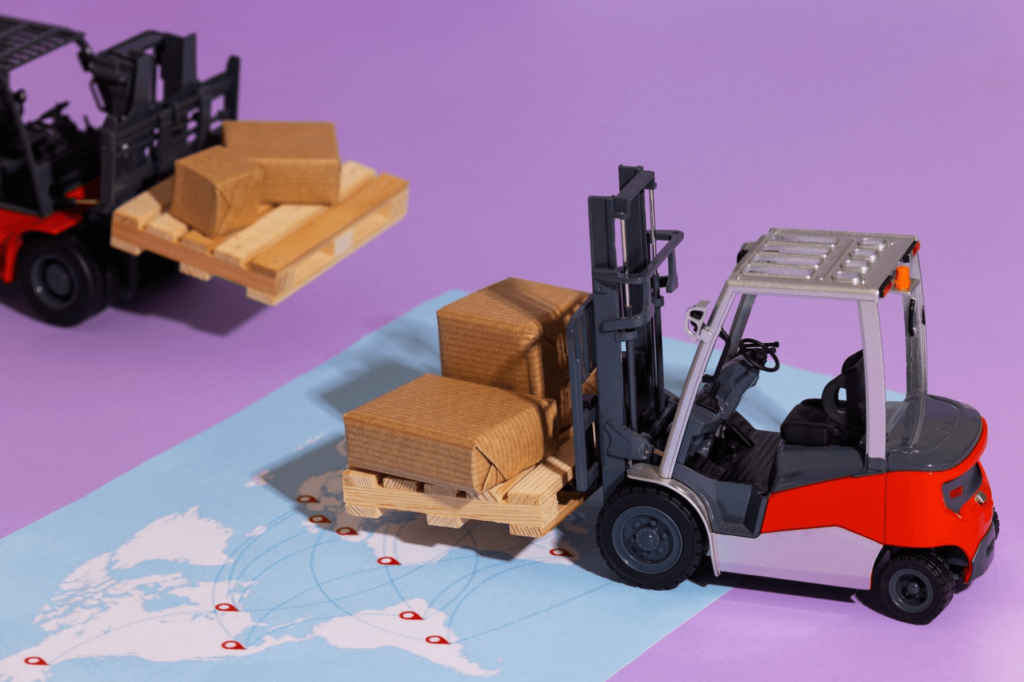The concept of an isochrone catchment area is of great importance for businesses seeking to optimize their establishment and better understand their clientele. But why should you consider this approach in your business strategy? And how can you implement it? We explain everything.
- What is an isochrone catchment area?
- What are the 3 catchment areas?
- Why an isochrone catchment area?
- How to define a catchment area
- How to create a catchment area?
What is an isochrone catchment area?
The isochrone catchment area, also known as the ‘equal travel time catchment area,’ is an essential concept in geomarketing. This approach is based on the idea that geographical proximity significantly influences consumer purchasing behavior. But what exactly is an isochrone catchment area?
Simply put, an isochrone catchment area is a delineated geographic area where all points within that area are accessible within an equivalent travel time from a central point. To better understand, imagine a circle extending from a given store within which all potential customers can arrive in an identical travel time.
The primary objective of analyzing the isochrone catchment area is to determine the geographical zones where a business can attract potential customers. In other words, it’s about mapping the boundaries of your potential local market based on travel time constraints, whether by foot, car, or public transport.

What are the 3 catchment areas?
Primary catchment area
The first catchment area is the ‘primary catchment area.’ It’s the zone closest to the physical location of the business. Within this area lies the core group of regular customers, often the most loyal. Key factors defining this area include geographical proximity, accessibility, and the company’s brand awareness.
Secondary catchment area
The ‘secondary catchment area’ represents the second layer of potential customers for the business. This area extends beyond the primary zone and encompasses a broader territory. Customers within this area may not be as frequent as those in the primary zone, but they remain accessible and interested in the company’s products or services. The secondary catchment area is where businesses can attract new customers and strengthen brand awareness.
Tertiary catchment area
Lastly, the ‘tertiary catchment area’ is the farthest from the business’s location. It’s a zone where the company may not have a physical presence, but potential customers exist through various channels, such as online commerce or home delivery. This area significantly expands the customer potential but requires an effective marketing and distribution strategy for successful exploitation.
At Nomadia, we understand the importance of defining and optimizing your catchment areas to maximize your business potential.
Our expertise in geomarketing allows you to effectively target customers in these three zones, maximizing your presence where it matters most.
Why an isochrone catchment area?
- Understanding your local market
The first reason is simple: an isochrone catchment area helps you better understand your local market. By delineating the zone where the majority of your potential customers are located, you can target your efforts more precisely.
- Optimizing your resources
Having a clear view of your catchment area allows you to optimize resource allocation. This means focusing marketing efforts and investments where they’ll have the most impact.
- Customizing your offer
An isochrone catchment area gives you the opportunity to tailor your offer to the needs and characteristics of your local audience. This enhances the relevance of your business to your customers.
- Improving customer service
Geographical proximity to your customers allows you to improve your customer service. You can respond more promptly to their needs, establish stronger relationships, and gain their loyalty.
- Reducing costs
A well-defined isochrone catchment area helps reduce logistics and distribution costs. By minimizing distances, you save time and money.
- Making informed decisions
Using mapping and analytical tools, you can make informed decisions for your business development. This helps avoid arbitrary choices and increases your chances of success.
- Standing out from the competition
A strategy based on the isochrone catchment area can help you stand out from the competition. By offering more targeted service and being closer to your customers, you can become the obvious choice.
How to define a catchment area?
Step 1: Data collection
To define an isochrone catchment area, the first step is to gather accurate data. This might include information about your business location, the density of the surrounding population, transportation infrastructure, and customer travel habits.
Step 2: Use of mapping software
Once you have this data, it’s advisable to use advanced mapping software. These tools will help you create isochrones—zones where travel time is equivalent—based on different transportation modes, whether by car, on foot, or using public transport.
Step 3: Analysis and adjustments
After generating isochrone catchment areas, it’s time to analyze the results. This will allow you to identify easily accessible areas for your business and areas where adjustments may be needed to expand your catchment area.

How to create an isochrone catchment area?
- Define your goals
Before delving into the process of creating your isochrone catchment area, it’s crucial to clearly define your goals. Ask yourself questions such as: Who is your target audience? What products or services do you want to promote in this area? How many potential customers are you aiming for? Having a clear vision of your goals will help you guide your approach more precisely.
- Collect relevant data
The first step in creating an isochrone catchment area is to collect relevant data. You’ll need precise geographical information about the area you want to target. Demographic, economic, and social data will help you better understand consumer behavior in that region. You can use mapping and statistical tools to obtain this data.
- Identify competitors
Competition is a key factor in defining your isochrone catchment area. Identify competitors present in the region you’re targeting. This will allow you to better assess opportunities and challenges. Also, analyze their marketing practices and successes to differentiate yourself.
- Use geomarketing tools
Geomarketing is a powerful ally in creating an isochrone catchment area. Tools such as Geographic Information Systems (GIS) will help you map your zone accurately. You’ll be able to delineate isochrone zones that group potential customers based on various criteria, such as distance, travel time, or other parameters specific to your business.
- Analyze isochrone data
Once you’ve created your isochrone zones, it’s essential to analyze them thoroughly. You’ll be able to determine which areas have the most potential customers and business opportunities. This will allow you to adjust your marketing strategy accordingly.
- Segment your market
Segmenting your market involves dividing your isochrone catchment area into subgroups with similar characteristics. This allows you to tailor your marketing actions to meet the specific needs of each segment. Precise segmentation increases the efficiency of your marketing strategy.
- Develop a marketing plan
With the data and segments in hand, it’s time to develop a detailed marketing plan. Choose the most appropriate communication channels to reach your target audience. Ensure your message is tailored to each segment. Allocate a budget and schedule for your actions.
- Measure and adjust
Creating an isochrone catchment area is an ongoing process. It’s essential to measure the results of your strategy and adjust accordingly. Use key performance indicators (KPIs) to evaluate the effectiveness of your actions and make improvements based on feedback.
Nomadia has understood the importance of an effective geomarketing tool to achieve your goals!

